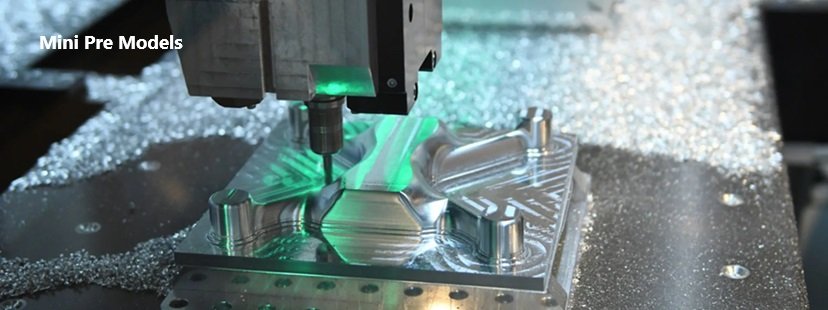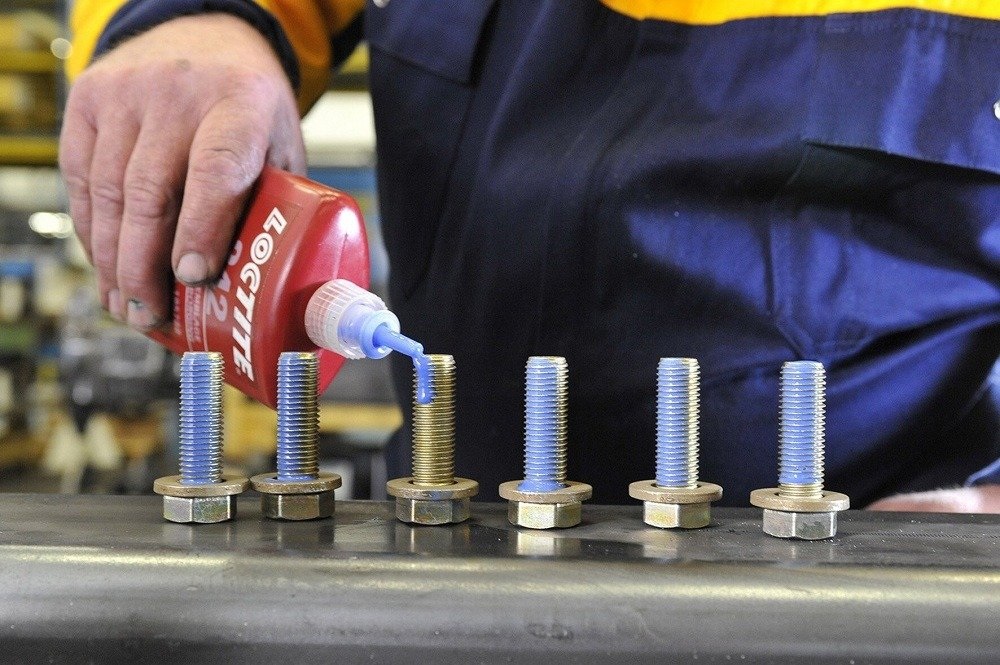Mini pre-models, or miniature pre-production models, play a pivotal role in today’s fast-paced industries. From product design to engineering, these small-scale replicas offer companies a powerful way to visualize their ideas, test functionality, and make adjustments before full-scale production begins. But what exactly are mini pre-models, and why are they becoming so essential in modern manufacturing?
In this article, we’ll explore the benefits and applications of mini pre-models and even look at how technology like 3D printing is revolutionizing their production. Let’s get started!
What Are Mini Pre Models?
Mini pre models are small, often highly detailed prototypes created before the final product enters mass production. These models are designed to replicate the appearance, structure, and sometimes even the functionality of a full-scale item. They are often used in industries such as engineering, architecture, and product design, where precision and foresight are key.
Unlike traditional prototypes, mini pre-model focus on capturing the finer details in a compact form, making them easier and more cost-effective to produce. Whether it’s a miniature building, a car, or a consumer gadget, these models allow creators to visualize their work in a tangible, three-dimensional way.
The Evolution of Mini Pre Models
Mini pre-model didn’t always benefit from today’s advanced technology. Originally, these models were handcrafted, taking days or even weeks to create. This process was not only time-consuming but also expensive, as skilled artisans had to carefully carve or mold each model by hand.
With the advent of computer-aided design (CAD) and 3D printing, however, the world of mini pre-model has undergone a dramatic transformation. Now, what used to take weeks can be completed in hours or days, with even more precision and detail than ever before.
Applications of Mini Pre Models
In Engineering and Manufacturing
In engineering, mini pre model are indispensable. Engineers can use them to test how different parts of a machine fit together, check for potential flaws, and make necessary adjustments before committing to a final product. This helps to streamline the production process, reduce errors, and ultimately save time and money.
In Architecture and Construction
Architects use mini pre-model to provide clients with a tangible representation of a building or structure. This allows for better visualization and easier communication with stakeholders. By seeing a physical model, clients can understand the layout, design choices, and materials, often leading to faster approval processes.
In Product Design and Prototyping
Product designers, especially in fields like electronics and consumer goods, use mini pre model to bring their concepts to life. These models can show how a product will look and feel in real life, which is crucial for securing investor interest or market testing.
How Mini Pre Models Impact Design Processes
One of the major advantages of mini pre model is how they streamline the design process. By creating a physical representation of a concept early on, teams can identify design flaws, material needs, and user interaction challenges. This reduces the risk of costly mistakes down the line and can significantly shorten the time from concept to market.
Furthermore, these models enhance team collaboration. Designers, engineers, and stakeholders can gather around a mini pre model to discuss changes and improvements, ensuring everyone is aligned before full-scale production begins.
Materials Used in Mini Pre Models
Common Materials
Traditionally, mini pre model are made from materials like plastic, metal, or resin, depending on the model’s purpose. Plastic models are lightweight and easy to modify, while metal models are more durable and often used for engineering prototypes where strength is tested.
Innovative Materials
More recently, biodegradable materials and 3D printing filaments have been introduced, making mini pre model not only more versatile but also more environmentally friendly. Biodegradable resins and recyclable plastics are gaining traction, as companies look to reduce their environmental footprint.
Mini Pre Models vs Traditional Prototypes
When comparing mini pre-models to traditional prototypes, the differences are significant. Traditional prototypes tend to be full-scale and can be more expensive and time-consuming to produce. In contrast, mini pre-models are smaller and can be produced faster and at a lower cost, making them an attractive option in the early stages of development.
Mini pre-model also excels at showing intricate details. While traditional prototypes are great for testing functionality, mini pre-models are often more useful for demonstrating aesthetics and design features.
The Role of 3D Printing in Mini Pre-Models
3D printing has revolutionized the world of mini pre-models. With this technology, designers can create complex, high-precision models quickly and affordably. The ability to 3D print mini pre-models has also opened up new possibilities for customization, allowing companies to produce bespoke models tailored to specific client needs or project requirements.
Benefits of Using Mini Pre-Models
Enhanced Visualization
Mini pre-model provides a clear, tangible representation of a product or structure, which is invaluable when presenting ideas to clients or stakeholders.
Improved Communication
Design teams can use these models to communicate their vision more effectively. Rather than relying on 2D drawings or virtual simulations, a physical model helps bridge any gaps in understanding.
Cost-Effectiveness
By identifying potential issues early, mini pre-model can help save significant time and money during the later stages of production.
Challenges in Mini Pre-Modeling
Despite their many advantages, mini pre-models come with their own set of challenges. The cost of acquiring high-quality materials and 3D printing technology can be high, particularly for smaller businesses. Additionally, some materials have limitations, such as durability or finish, which may not be suitable for certain applications.
How to Create Mini Pre-Models
Creating a mini pre-model involves several key steps:
- Designing the model in CAD software.
- Selecting the appropriate material.
- Producing the model through 3D printing or other methods.
Many industries use software like AutoCAD, Blender, or SolidWorks to create precise digital versions of their models before translating them into physical objects.
Mini Pre-Models in Education
Beyond industry use, mini pre-model are increasingly being used in education. These models serve as hands-on learning tools in STEM (science, technology, engineering, and mathematics) education. By creating a mini pre-model, students gain practical insights into concepts they learn in the classroom, from architectural designs to mechanical engineering.
Future Trends in Mini Pre-Models
The future of mini pre-model looks promising, with advancements in artificial intelligence and machine learning starting to play a role. AI can help optimize designs, suggesting improvements that enhance functionality or reduce material waste. Additionally, the push toward sustainability is leading to more eco-friendly materials being used in model production.
Conclusion
Mini pre models are much more than just miniature replicas—they are powerful tools that enhance creativity, communication, and precision across multiple industries. With the increasing accessibility of 3D printing and digital design tools, mini pre-models are becoming an indispensable part of product development, architecture, and education. As technology continues to evolve, we can expect even more exciting innovations in this space.
FAQs
- What industries benefit the most from mini pre-models?
- Industries such as engineering, architecture, product design, and education benefit greatly from mini-pro models.
- How do mini pre-model compare to virtual prototypes?
- Mini pre-model provide a tangible, physical representation, whereas virtual prototypes exist only in digital space. Both have their uses, but mini pre-models offer a better sense of scale and detail.
- What software is best for creating mini pre-models?
- Popular choices include AutoCAD, Blender, and SolidWorks, which offer robust tools for designing precise 3D models.
- Can mini pre-models be used for large-scale projects?
- Yes, they are often used in large-scale projects like architectural designs to give clients a visual of the final structure.
- Are mini pre-models environmentally friendly?
- They can be, especially when made from biodegradable or recyclable materials. With growing sustainability trends, more eco-friendly options are becoming available.
Also, Read. Easy Technology: Simplifying the Digital World for Everyone.




